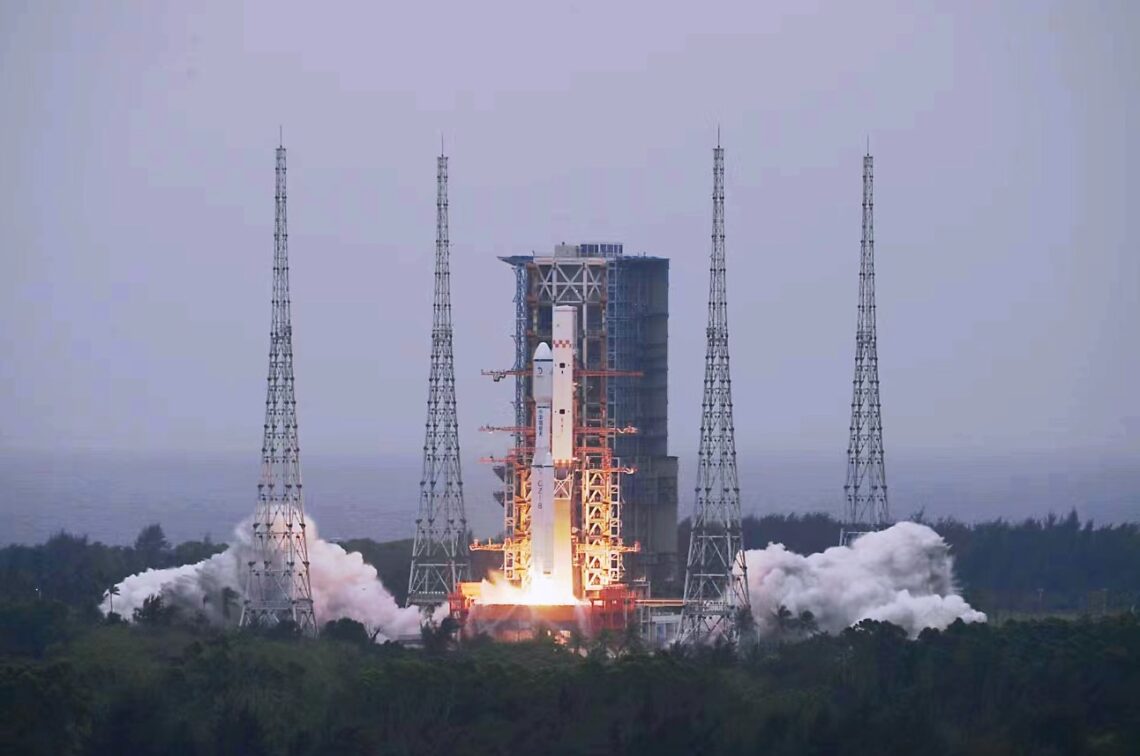HELSINKI — China launched its Queqiao-2 relay satellite Tuesday to support upcoming lunar far side and south polar missions.
A Long March 8 rocket lifted off from Wenchang Satellite Launch Center at 8:31 p.m. Eastern, March 19 (0031 UTC March 20). The China National Space Administration (CNSA) confirmed the Queqiao-2 satellite was on a trajectory towards the moon around 40 minutes after launch.
CNSA stated Queqiao-2 had deployed its solar arrays and was in its predetermined orbit with a perigee of 200 kilometers and an apogee of 420,000 kilometers.
The 1,200-kilogram satellite carries a 4.2-meter parabolic antenna and is part of China’s plans for future lunar exploration and a stepping stone towards building a lunar base in the 2030s.
The spacecraft will enter a highly elliptical lunar orbit inclined by 55 degrees once it reaches the moon. The orbit is specially designed to support China’s Chang’e-6 lunar far side sample return mission, due to launch in May. The far side of the moon never faces the Earth, as the planet’s gravity has slowed the rotation of the moon over time.
Queqiao-2 will have line of sight to both Chang’e-6—which is targeting Apollo crater in the southern hemisphere of the far side—and Earth for a large portion of its orbital period.
The spacecraft will later alter its orbital period to better support the Chang’e-7 and Chang’e-8 missions to the lunar south pole later in the decade.
These later missions are planned to detect volatiles and potential resources on the moon and test in-situ resource utilization techniques, such as using lunar regolith to produce…
Read the full article here

